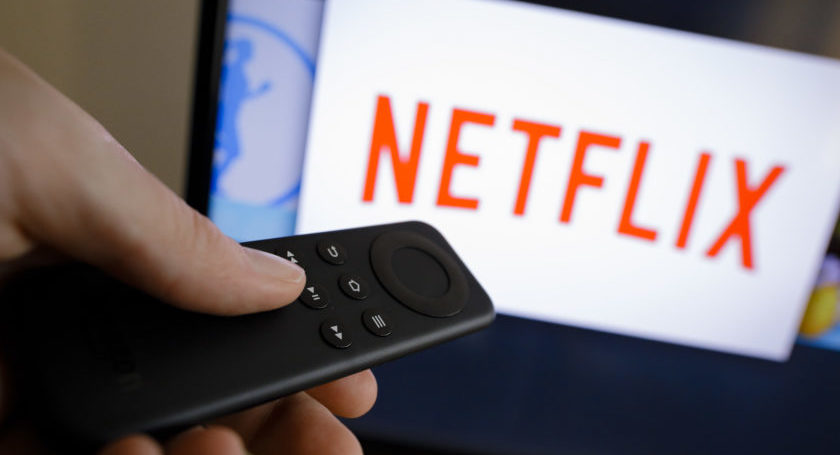M+E Connections

Analysts Expect Little Subscriber Pushback to Netflix Price Increases
Story Highlights
Analysts were mostly upbeat on the 13-18% price increases that Netflix quietly made across its three U.S. streaming service plans, projecting we’ll see little slowdown in the company’s subscriber growth.
“Content is still the motivating factor for viewers, and good content is worth a couple of extra bucks,” according to Ooyala principal analyst Jim O’Neill. That’s despite the fact that these are the largest streaming price increases ever by Netflix.
“With an increase in the basic plan, it’s possible there may be an actual decline among lower-income users who may be more price sensitive,” O’Neill said via email Jan. 15. But he added: “The demo that takes the HD and 4K plan — 69% of Netflix’s subscribers in the U.S. — will remain and grow in coming quarters.”
Like other analysts, he said that even with the higher prices, Netflix continues to provide a relatively good value compared to rival offerings. “After all, the price of a Netflix subscription remains a fraction of standard cable offerings, which averaged $107 in the U.S.,” O’Neill said. “That leaves plenty of room for growth for Netflix and the other” over-the-top (OTT) services that are continuing to “change how we watch TV,” he said.
Netflix “still offers the best value, even at these higher price points,” RBC Capital Markets analyst Mark Mahaney said in a research note.
Netflix boosted its basic plan by $1 to $8.99 a month, while increasing the price of its standard (and most popular) plan by $2 to $12.99 and increasing its premium plan by $2 to $15.99, the company said at its web site, noting that new pricing would go into effect for new members Feb. 14 after a free month of trial service. With the basic standard-definition plan, subscribers can use only a single device’s screen at any one time, while standard subscribers can use two screens at the same time to watch high-definition (HD) content and premium members can use four screens for HD or Ultra HD content, along with High Dynamic Range (HDR) and enhanced Dolby Atmos sound capability.
In comparison, Amazon’s standalone Prime Video subscription service costs the same $8.99, while Hulu’s one-stream offering is $11.99 — “25% more expensive than the comparable Netflix offering,” Mahaney said.
At the end of the day, “Netflix just offers a flat-out compelling value proposition — a massive content catalog with an increasingly large amount of original content at a very low price,” Mahaney said, adding: “You and a date want to go out to the movies? Gonna cost you $17.66 at your local U.S. movie theater (average price per tick of $8.83). Or you could Netflix and chill and watch Bird Box for…effectively way under a dollar (depending on how much time you spend on Netflix during a typical month). And you can use the $16 in savings and buy a nice Chianti … So yes, we believe the price increase will stick.”
SunTrust Robinson Humphrey analyst Matthew Thornton, meanwhile, said he viewed the price increases by Netflix as “positive as it relates to the company’s confidence in the content slate and subscriber trajectory in 2019.”
This marks the fourth time Netflix has increased U.S. prices since it started the streaming service 12 years ago. The last increase was in October 2017.
Netflix declined to say why it decided to raise pricing now, a company spokeswoman saying only: “We change pricing from time to time as we continue investing in great entertainment and improving the overall Netflix experience for the benefit of our members.”
The company raised pricing in Latin America and the Caribbean also where it bills customers in U.S. dollars (in Barbados, Belize and Uruguay, as examples), but didn’t boost prices in major markets including Brazil and Mexico. The price changes will be applied to all existing members over the next few months. Existing members were to be notified by email, as well as within the Netflix app 30 days before the new prices were applied to them. But the exact timing will depend on the specific member’s billing cycle.









